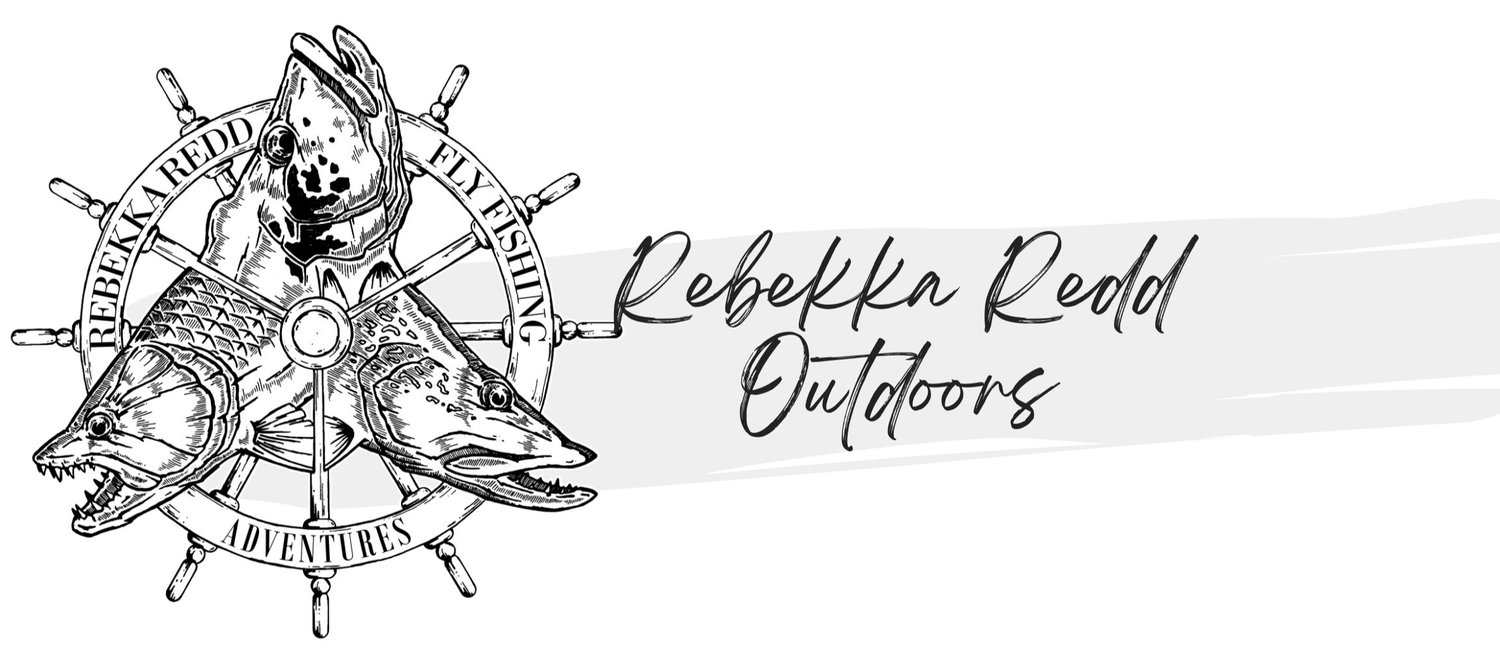SUP PUP!
Training your dog for stand up paddle board fun
While on vacation in Mexico, I learned to paddle board on the ocean. A couple years later, I was asked to do a fly fishing film with Florida’s famed BOTE stand-up paddle board. I had owned a SUP a few years prior, but never really got into it. During the time we filmed and fished on those stand-up paddle boards, I fell in love with SUPing, and after that trip, I took home my own BOTE board. Soon, I got busy training the pup to acclimate to the SUP lifestyle. I introduced him slowly to the board. He showed great interest in wanting to climb on the board and head out to explore, so I figured he might be a good SUP pup! Sure enough, he turned into an exceptional SUP dog, confident and calm, and to this day, he stands in front of me as I paddle the quiet lake.
How to get started
Paddle boarding can be an overwhelming experience for a dog. Standing on the wobbly board can increase fear if this experience is new to him/her. It’s important to start the training early for an easier transition as a water going dog. Make sure every experience is unstressed, unforced, and on their own time. To make the transition as smooth as possible, use these tips to introduce your dog to the sport before getting on the water.
Basic obedience
Prior to taking your dog/pup to the water, make sure they have mastered basic obedience commands such as "lay down," "come," "sit," and "stay."
Be experienced
Don’t get on a paddle board with your dog until you are well versed in paddle boarding. You should be comfortable standing up, paddling, and more. Make sure you can also fall and get back on from the water. Your dog will mirror your stress if you are not confident.
On land practice
Introduce your dog to the board on the beach or in the house, wherever your dog is most comfortable, before taking it out on the lake. Allow your dog to sniff it, look at it, and explore it on his/her own terms. Next, you will put treats and toys on the board. This is to associate positivity with the board, and encourage your dog to walk on it. After your dog/pup is comfortable with the board and its tail is wagging while walking on it, you will then incorporate "sit" and "stay" commands. Do this as many times as you feel it’s necessary.
K9 PFD jacket
Your next task is to introduce a dog life jacket. I use the dog jackets from Onyx outdoors. Once your pup is fitted with its jacket, you’ll ask him/ her to stand on the board with the life jacket on. It's important to remember your own paddle board life jacket as well!
Train your pup to know when it’s ok to leave the board.
Practice a special command for getting off the board, and only reward him when he jumps off on command. If he gets off without the command, lead him back onto the board and try again. After a while, he should get the hang of it. Teach your pup to jump off the board only when commanded, and reward him with a treat or praise when he does. A lot of the time, dogs get excited and jump off the board when you’re getting close to shore. This can throw you off balance and into the water, which can be more dangerous near the shore. This has happened to me with another dog.
Fundamentals
Your dog should know how to swim. Short-trimmed nails are key. By keeping your dog's nails short and dull, you will minimize the chance of the finish of your board getting scratched, and it is just good k9 owner practice. Always, and I mean always, have treats! Bring treats with you on your adventure to continue rewarding good behavior.
Exercise, discipline, and affection. Get the extra "zoomies" dealt with via a good run, a swim, or a game of fetch. Do a quick round of obedience on a walk, sit, stay, come, lay down, "watch me," and more. This gets them tuned into you. After the exercise and work, you can give that well-earned affection as a reward. They should be calmer around the SUP board now.
Time for a short ride
Hold the board still in shallow, calm water and allow your dog to get on. Walk the board gently and slowly through the shallow water. Have some treats ready to reward this courageous behaviour and trust in you. Then go further and further as they continue to enjoy themselves.
When you’re both ready, get on the board with your dog. Start out by paddling on your knees for better balance. Keep the first few times short and sweet to minimize any possible mishaps.
Be prepared for your dog to jump off at any time. The board will move a lot when a large dog chooses to deploy off the board, and when it happens, you may fall in as well.
In the event that your dog is overboard, help him back onto the board. In situations like this, life jackets and boards normally feature solid handles to grab onto.
Practice makes perfect.
After a while, your SUP 'n’ pup co-pilot sessions will become more and more joyful.
Enjoy and be safe on the water!


